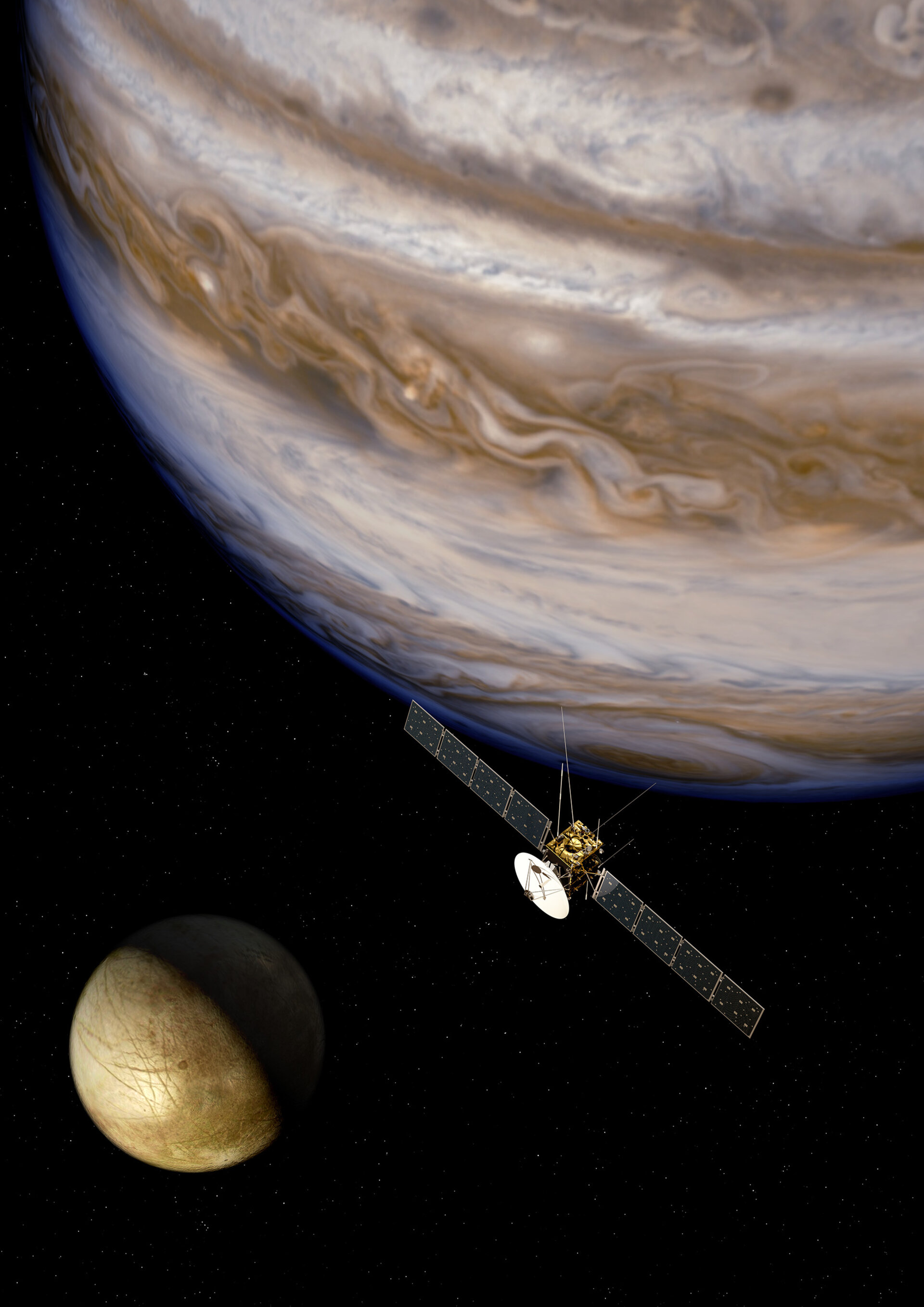New radiation testing for missions
A TDE activity (T223-100QE) put five electronic components through radiation testing to see if they could withstand the harsh conditions of Space during the long JUICE mission.
The components underwent heavy-ion, proton and high-energy electron tests, to see if they showed any increases in power surges, temperature rises or error rates that would make them unusable for future missions.
Based on the JUICE radiation environment, two shielding hypothesis were considered – the main spacecraft shielding and a hardened enclosure protecting electronic devices specifically.
Thickening the aluminium shielding from 3.7 mm to 17 mm resulted in a decrease in errors of up to 30 times for proton radiation (and half for for heavy-ion and high-energy electron radiation types).
The team also found that the memory used to store the device configuration was less sensitive to the tests than the memory used to store data vital to the mission but overall one component (called the ZU3EG) showed the lowest error for both.
Overall, the activity showed that the radiation JUICE will experience does not represent a critical risk for the mission’s components.


